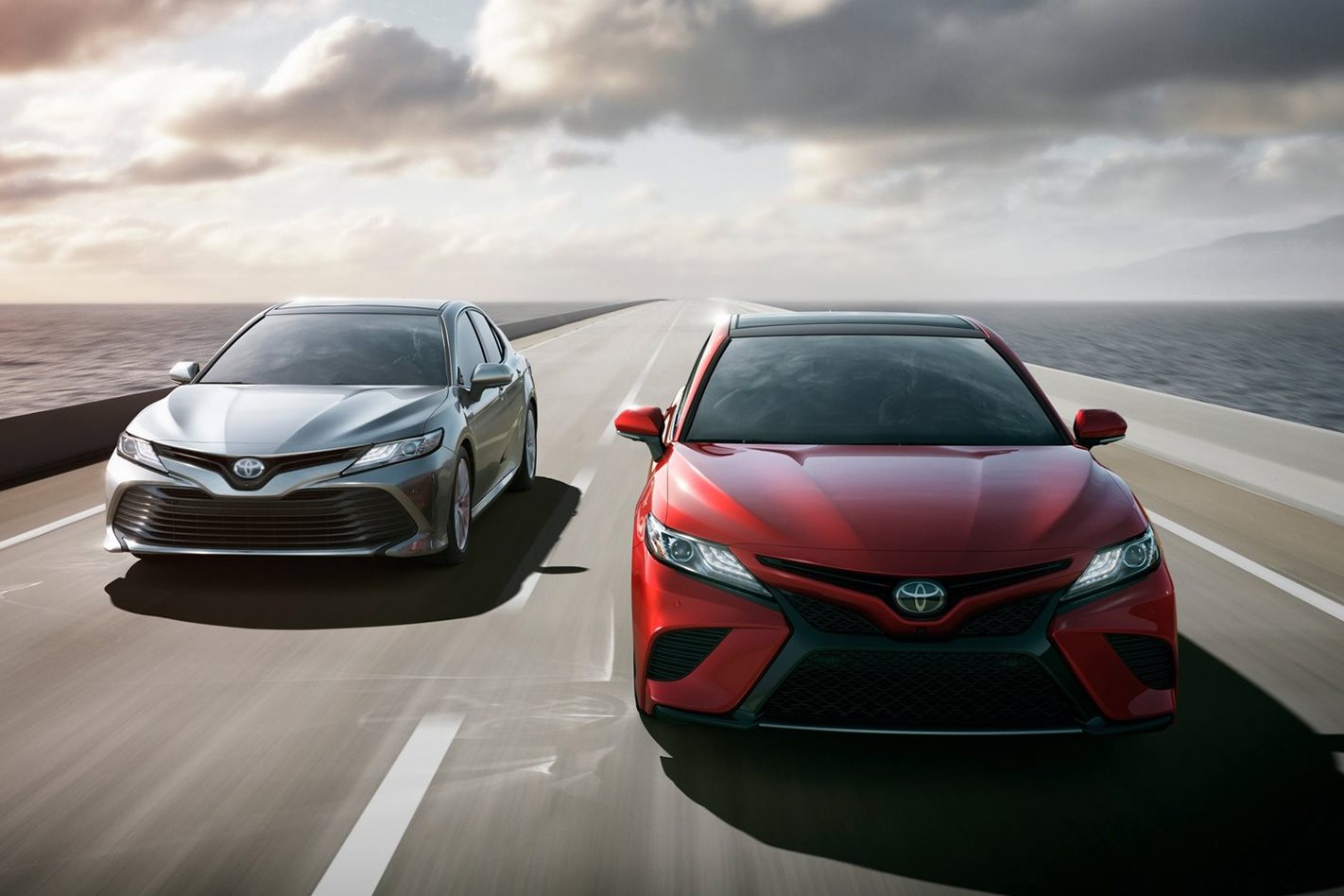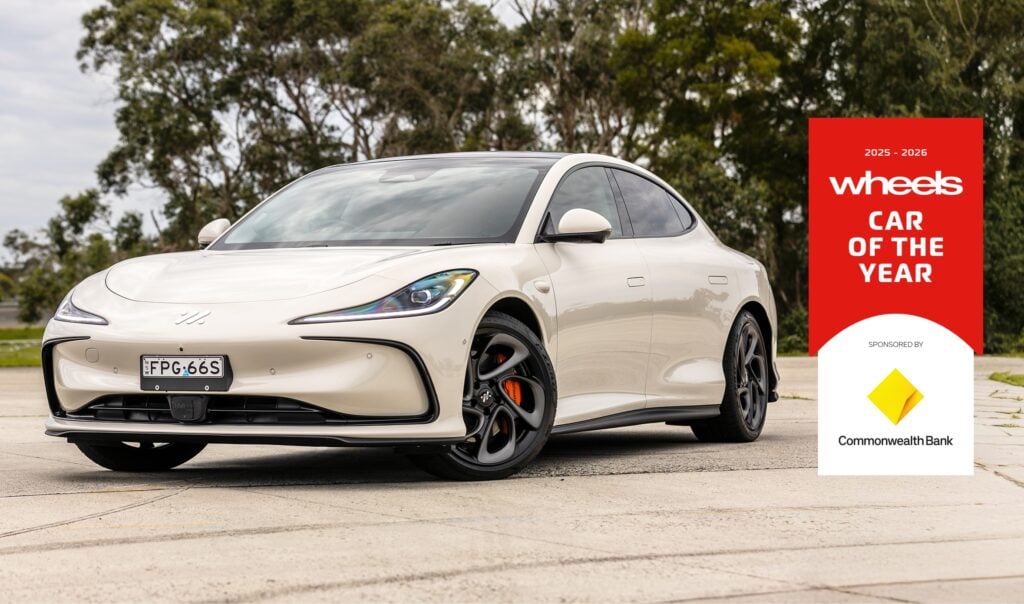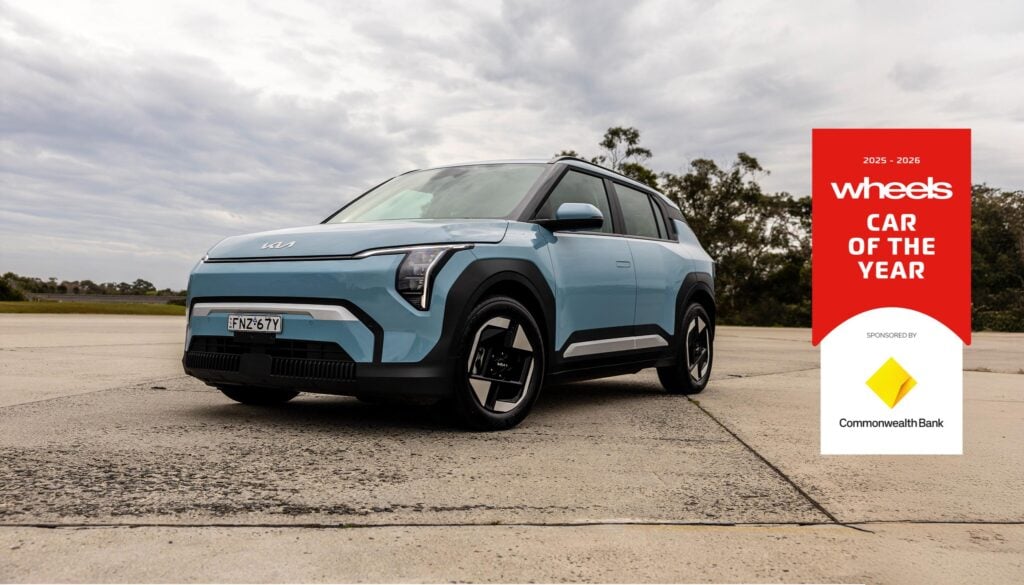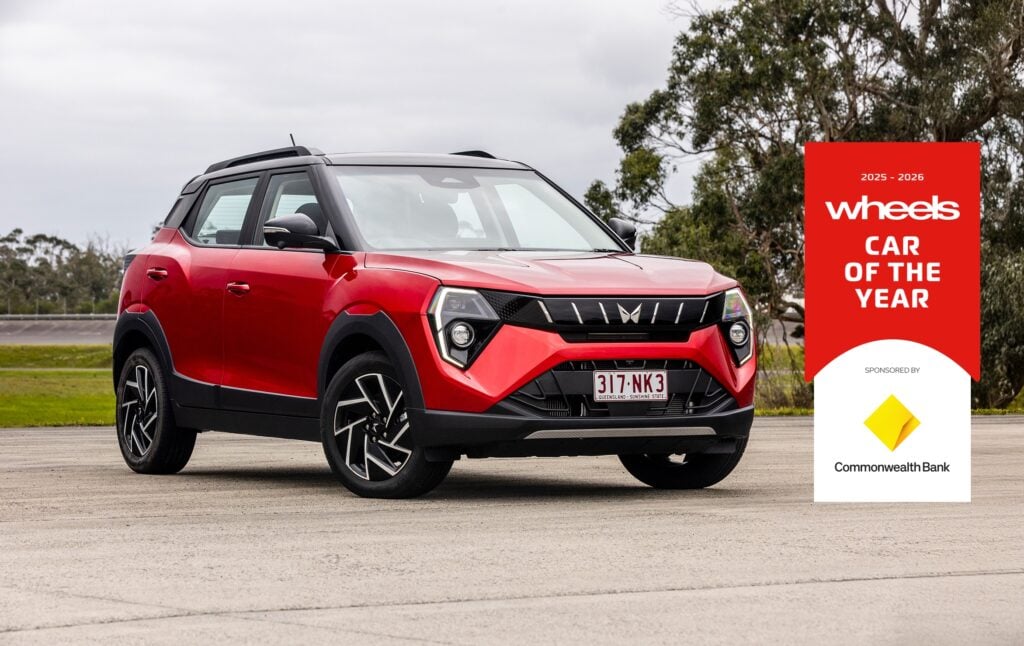THE covers have finally come off the 2018 Toyota Camry in Detroit.
Due very late this year (immediately after the company ceases local vehicle production for good), the replacement for the best-selling midsizer over the last 23 years in Australia heralds the biggest change the series has seen in nearly 35 years and eight generations.
Known as the XV60, it will also be the first Camry since the introduction of the mainstream Mk2 versions of 1987 not to be manufactured locally, reverting to Japanese sourcing instead.

There’s even a two-tone option in the US with a trick blacked-out ‘floating’ roof treatment. Just like seeing a Play School presenter in gym gear. In US spec, length increases by about 10mm to 4859mm, width by about 20mm to 1839mm, and wheelbase by almost 50mm to 2824mm, but height falls a hefty 30mm to 1440mm.
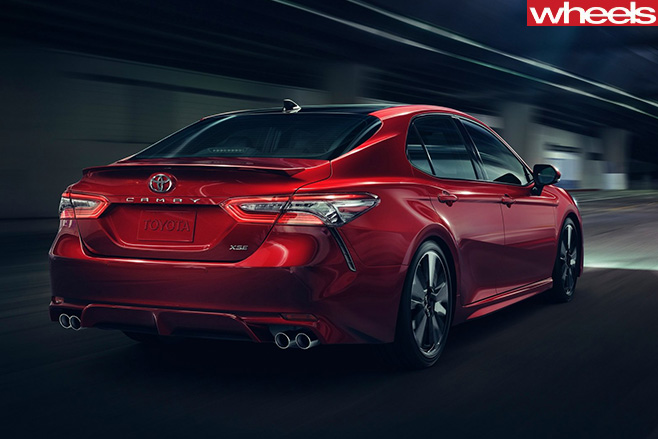
Such huge leaps forward are the upshot of a completely new platform underneath. Like the latest Toyota Prius and upcoming Toyota CH-R small SUV, the 2018 Camry adopts the Toyota New Generation Architecture, and is said to bring with it significantly improved steering, handling, ride, and refinement qualities.
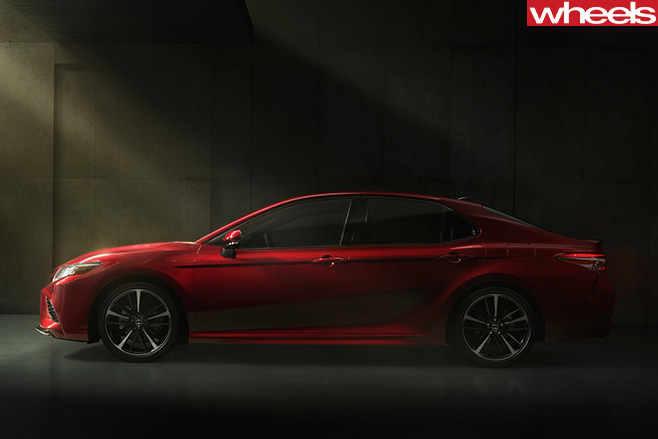
A trio of powertrain choices have been confirmed for Australia – a variation of the carryover 133kW/231Nm 2.5-litre four-cylinder engine destined for most buyers, a petrol-electric hybrid of the same capacity, and an all-new direct-injection 3.5-litre variant that marks the return of the ‘Camry V6’ badge. Local-market power and torque outputs have yet to be divulged.
As we reported late last year, the latter will serve as the replacement for the locally made Aurion, and scores an all-new eight-speed automatic in lieu of the others’ continuously variable transmission. All drive the front wheels.
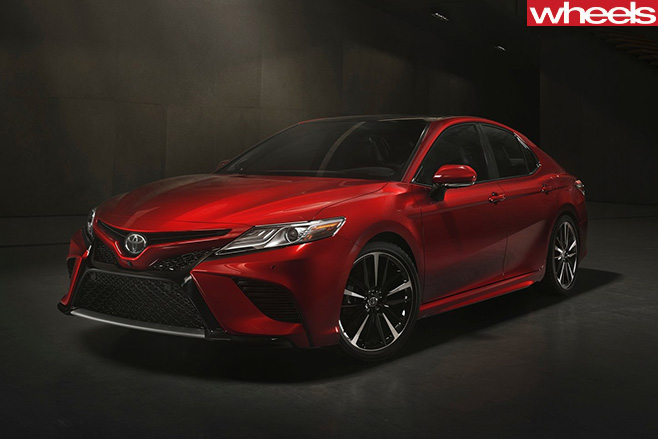
More details relevant to the Australian-market Camry will be revealed closer to the launch date, including what the all-important pricing and positioning will be, now that the mid-sizer will soon end local production and lose subsidies that make the cars attractive to government and other fleet buyers.
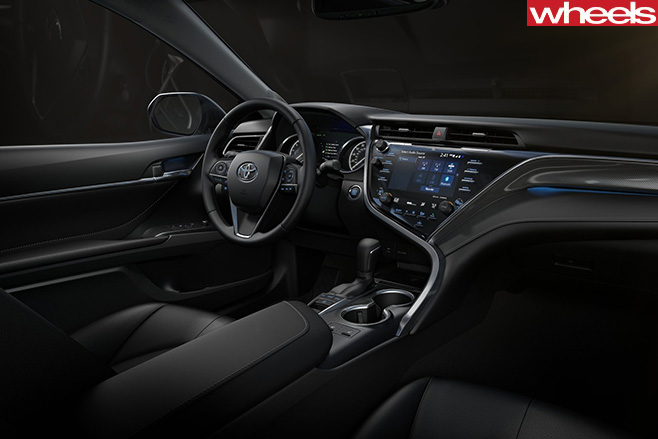
“It is way too early for pricing details,” he said. “We haven’t even started discussions with Toyota Motor Corporation about that. (But) I don’t think that will have a dramatic impact on pricing.”The existing Camry, heavily facelifted in 2014 after the basic 2011 design was deemed too timid even for the US market, kicks off from $26,490 before on-road costs for the Altise auto, stretching to $40,440 for the Hybrid Atara SL flagship. In contrast, the entry-level Subaru Liberty, Mazda 6, and Ford Mondeo start from $29,990, $32,490, and $33,190 respectively.

